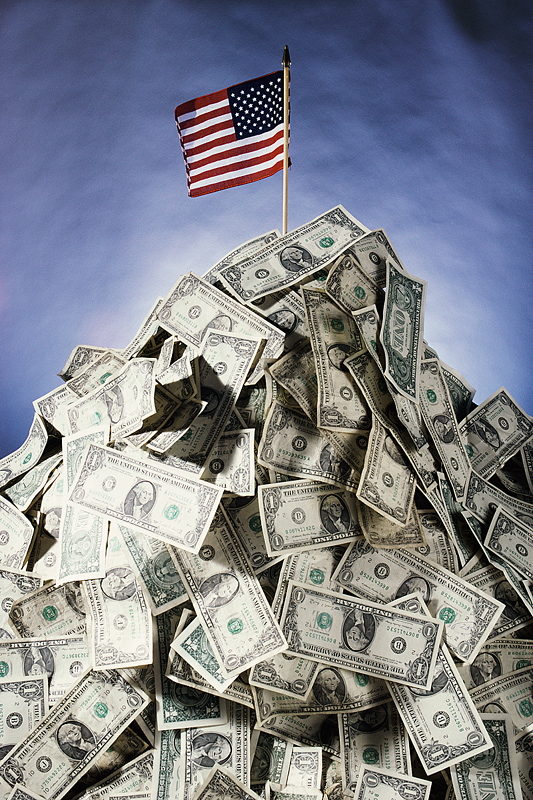By, Caryn
Freeman
In the
modern era of billion dollar campaign trusts both parties have seen a decline
in their fundraising capacity and have raised less money than in previous presidential
election cycles. The Republican Party has been hardest hit by this decline.
With a large pool of candidates, a longer campaign season and substantial doubt
among Republican voters that any of the Republican presidential candidates can
beat President Obama, voter turnout and donations have slid. Earlier this week,
Newt Gingrich let one third of his campaign staff go but vowed to stay in the
race until the 1,144 delegates needed to win the nomination are secured by one
candidate. Gingrich remains steadfast, telling WTOP that he owes it to his supporters
that have been with him for a year to continue to campaign on the issues that
are of great consequence to them.Whether the lull in fundraising is due to a tepid economic recovery or an overall lack of enthusiasm is anyone’s guess. In 2008 we witnessed a historic election in which now President Obama generated enthusiasm among Democrats no one had seen since the Kennedy era. His campaign created a new style of fundraising using the internet to contact millions of voters who donated, in some cases relatively small amounts of money that in mass added tens of millions of dollars to his campaign fund. Equally, in 2008 we witnessed a well-funded field of Republicans that included longtime U.S. Senator John McCain (R-AZ) and a former New York Mayor Rudy Giuliani both of whom were well-known national political figures long before their 2008 bids for the presidency, that said, the amount money raised by both parties it still quite significant.
The Federal Elections committee lists political contributions for both parties at a combined 307 million dollars with Obama alone having raised 157 million alone, that’s 43% of all funds raised during this cycle. After net expenditures that leaves Obama with 79.5 million cash on hand at the end of February 2012. Leaving him with more cash on hand trumping both Romney and Santorum combined.
The massive field operations needed to reach democratic voters, who don’t vote regularly and often don’t re-register to vote when they change addresses requires more funding than is required by a Republican field operation. Republican voters don’t traditionally need to be persuaded to vote but rather reminded of where to vote and who’s running, thereby significantly reducing the cost of hiring staff, canvassing hours and opening campaign offices in less densely populated areas.
The weakness of the Republican field and the range of campaign platforms each candidate is running on have ignited competing interests among Republican voters, thus splitting the already weakening republican voter pool.
Mitt Romney & Rick Santorum, the two front runners for the Republican presidential nomination are vastly different candidates, appealing to two tremendously different types of voter and donors. Anthony Corrado, a campaign finance expert at Colby College in Waterville, Maine told the Bangor Daily Times that having lesser known candidates in 2012 influences enthusiasm and fundraising. “You did not have candidates run that were well-known, with well-established bases of financial support. … Even with the super PACs, this is not a race where you’ve seen record amounts of money being spent.”
Earlier this month Mitt Romney received a sizeable boost to his campaign when the billionaire owner of the NFL's Miami Dolphins, Stephen Ross, hosted a fundraiser for Mitt Romney at his oceanfront home in Palm Beach, Florida. As the summer approaches and the number of delegates each candidate wins increases wealthy Republican donors are beginning to envision a clear path to the Republican nomination, thus loosening their purse strings and generating more donations form once hesitant donors.
